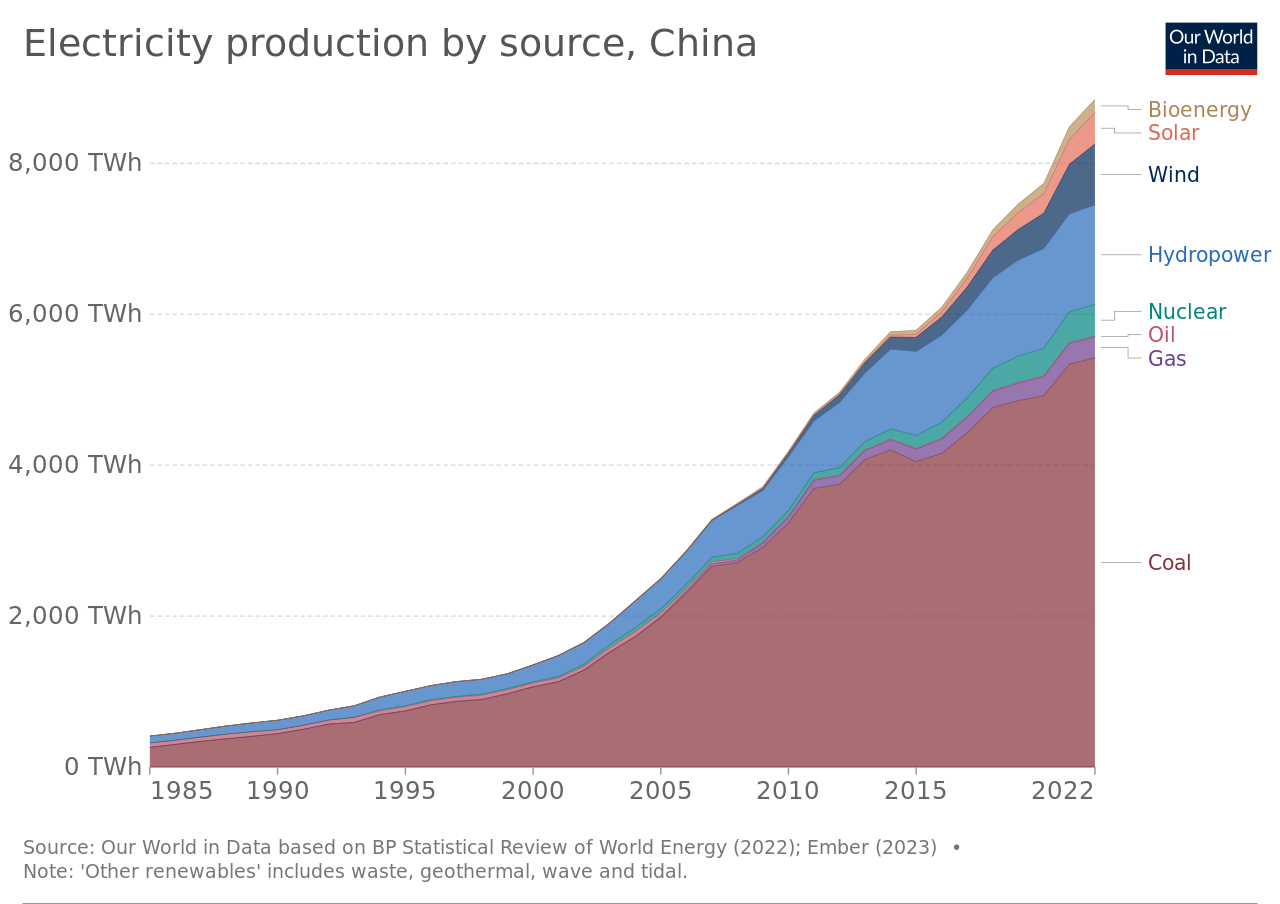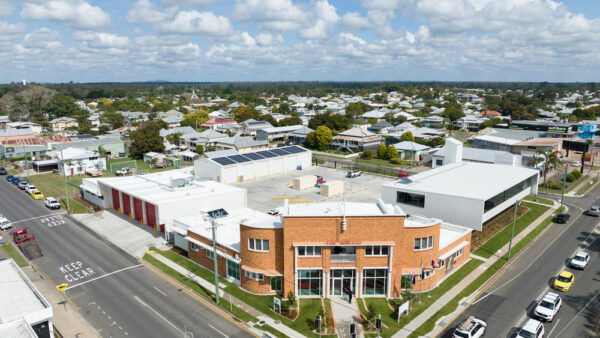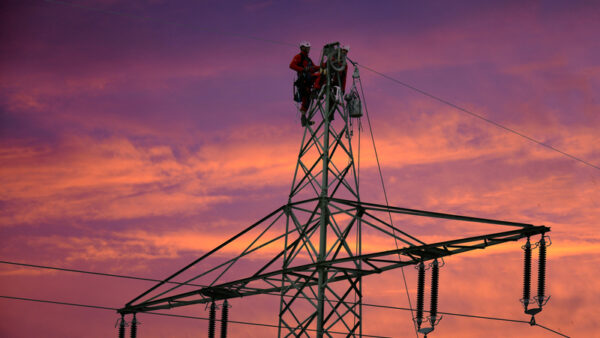
The company that manages China’s electricity grid says it will invest more than $70bn in its network this year to improve long-distance transmission and accommodate more intermittent renewable generators.
State Grid Corporation will build six ultra-high voltage (UHV) lines this year and start several new projects, China Daily reports.
It’s the largest utility in the world and handles around 80% of China’s total electricity supply.
Most new energy sources in China are expected to be wind and solar, making it more difficult to maintain stability on the grid. To counter this, devices have to be fitted that even out the flow, such as batteries and pump storage systems.
The addition of many small generating units requires the construction of “smart grids”: electronically controlled distribution systems that allow local areas to produce their own electricity and sell the surplus.

There are also a number of massive wind and solar schemes in the far north and west of China, which need long transmission lines to connect with population centres in the south and east.
State Grid has already started work on a $2bn UHV line to Sichuan province.
Two years ago, power cuts there prompted a nationwide campaign for energy security.
It’s also building a $2.8bn line to connect the Gobi Desert in Gansu province to Shandong Province, south of Beijing.
China has set a target of reaching peak carbon emissions in 2030 and carbon neutrality before 2060.
It currently generates 70% of its energy from non-renewable sources.
The National Energy Administration said its installed capacity of renewable energy exceeded that of thermal power last year, pushing solar and wind power’s total generating capacity to 1,000GW.
The country had aimed to reach a target of 1,200GW of renewables capacity by 2030, but is on track to meet that goal five years early.
State Grid expects to complete 38 UHV projects during between 2021 and 2025, the period of the 14th five-year plan.
Further reading:






